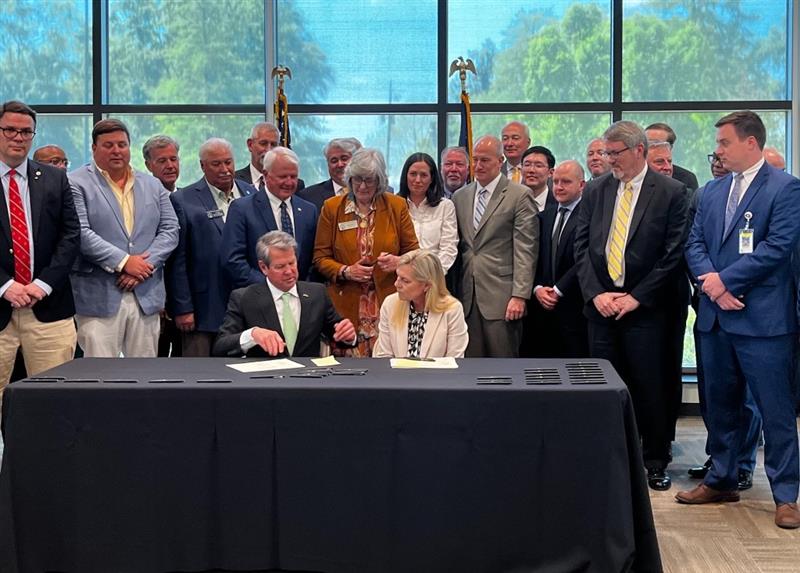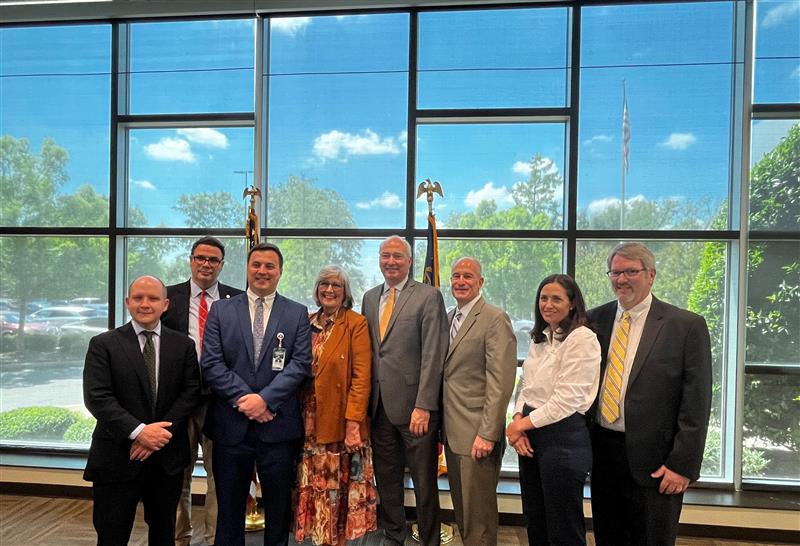Updates to the Historic Rehabilitation Tax Credit in Georgia
By Caroline Rainey, Tax Incentives Architectural Reviewer

On April 18, 2024, Governor Kemp signed Senate Bill 496, extending the sunsets of both state historic tax credit programs through 2029 and expanding the definition of historic homes starting in 2026. This bill was overwhelmingly supported by our state legislators which speaks highly of their support for these programs across the state.
The historic home tax credit provides up to $100,000 in credits capped at $5 million in total credits per year. For any other qualified properties, the yearly cap is $30 million in available credits, with a $5 million or $10 million per project cap. Both credits are based upon receiving a 25% credit for qualified rehabilitation expenditures.
Additionally, beginning in 2026, principal residences certified by the Department of Community Affairs as a designated historic property or contributing to a district under local law and certified by the Department of Community Affairs as meeting National Register criteria will be able to apply for the historic home rehabilitation tax credit. This is an important distinction as many locally designated districts across Georgia are not currently eligible for state rehabilitation tax credits and owners of locally listed principal residences may no longer have to complete the National Register process to be eligible for these credits. It will also allow National Register districts that have been expanded at the local level to potentially qualify for principal residences state credits.
Molly McLamb, Tax Incentives Program Manager, was in Augusta for the signing, along with Commissioner Nunn of the Georgia Department of Community Affairs, Commissioner O’Connell of the Georgia Department of Revenue, and many of our non-profit partners who spent countless hours and effort advocating for the importance of the historic tax credit program.



